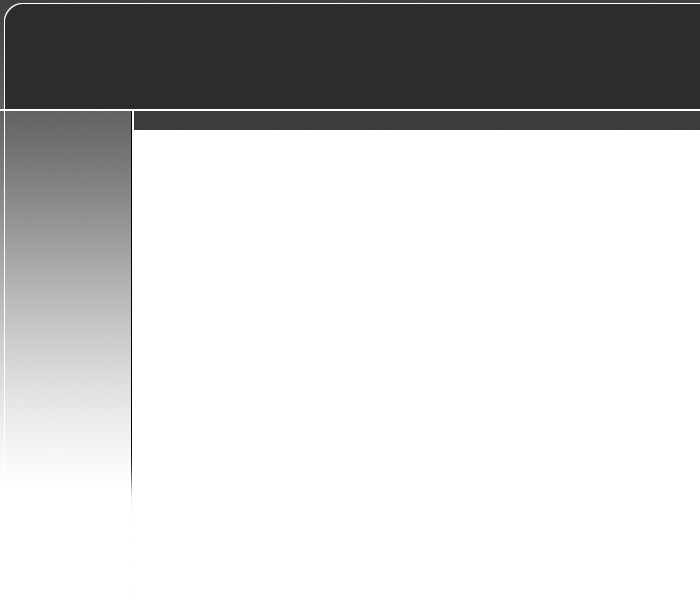
Air Quality (Mold)
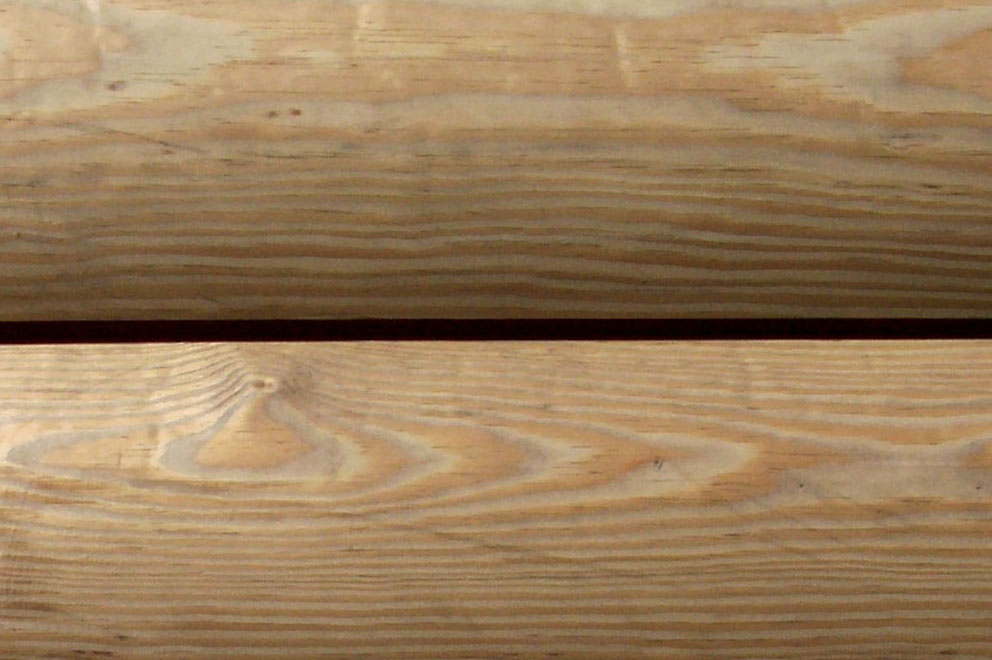

(C) 2017 MAINELOGHOMEIPROFESSIONALSASSOCIATION.COM
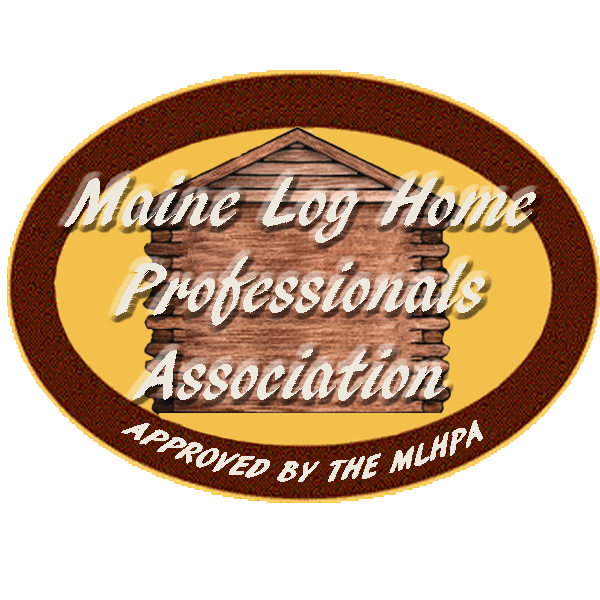
Please note: We suggest that you review the license and insurance of any professional you use and We further suggest that you call references or review the ratings and reviews from their previous customers.When using our site, understand that it is your responsibility to select the professional you are interested in working with. Any contract or agreement you have with a contractor is between you and the company you select and does not involved our program. By using our website, you agree that should you have a dispute with any company, you must address such dispute directly with the business that performed the work. You also agree to release Maine Log Home Professionals Association (and our officers, directors, affiliates, employees, and agents) from any damages or claims that may arising out of or in any way connected with such disputes.

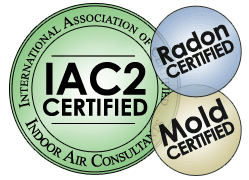
A major threat to a log home is moisture intrusion which could lead to mold growing inside the home. If you notice a moldy smell for more than a few days and/or observe what you think may be mold, MLHPA recommends a moisture intrusion inspection by a qualified professional. Mold will only grow inside a home if there is excess moisture. The moisture may come from a leak or excess humidity resulting from improper ventilation of the home. A trained professional inspector will use thermal imaging and a moisture meter as part of the moisture intrusion inspection.
If excess moisture is located as a result of the moisture intrusion inspection, regardless of whether mold is found, it is important that the source of the excess moisture be repaired promptly. If the excess moisture problem Is not repaired in a timely fashion mold may grow in the future and/or any mold situation will only get worse.
The inspector performing the moisture intrusion inspection may recommend your log home be tested to determine if mold is present. MLHPA recommends that any test for mold be performed by an IAC2 (International Association of Certified Indoor Air Consultants) trained inspector. This testing often includes collecting an outdoor air sample and at least one indoor sample using a special pump which pulls air into a cassette. The cassettes are then sent to an accredited lab to be analyzed to determine the species of mold, if any, and a count of the mold spores present in the indoor sample(s). The indoor sample(s) is then compared to the outdoor sample to determine if there is mold growing inside the home.
When an inspector observes what he thinks may be mold growing inside a home he may collect one or more surface samples on a glass or plastic slide, or with a swab. The sample(s) are then sent to an accredited lab to be analyzed.
A Maine accredited lab which performs analysis on air and surface samples to determine to identify which species of mold may be present in a home is Northeast Labs with locations in Westbrook and Winslow.
If mold is found inside your log home it will need to be removed and any contaminated surfaces cleaned. In some cases, surfaces contaminated by the mold growth may need to be repaired or replaced. This process is called mold remediation. Depending on the extent of the mold growth the home owner may be able to clean the mold themselves using a proper cleaning agent. However, in some cases it is necessary to hire a professional contractor to remediate the mold. Your MLHPA approved inspector may be able to recommend one or more qualified contractors to remediate the mold.
The inspectors approved by MLHPA are also members of the Maine Indoor Air Quality Council (MIAQC). For more information on mold, please click here MOLD for the MIAQC website on mold.
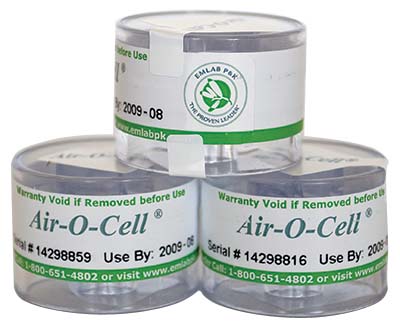
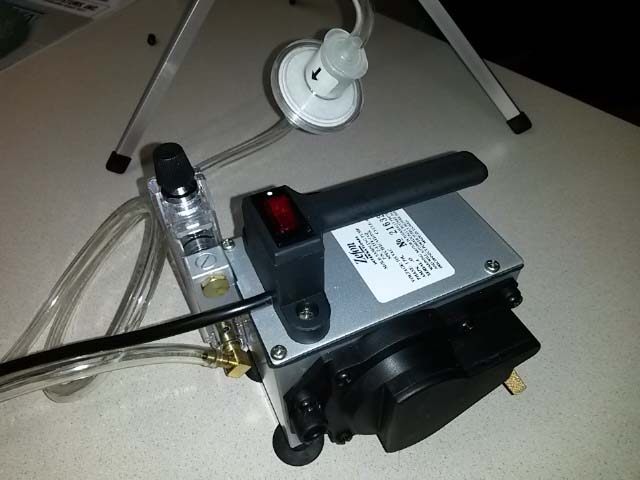
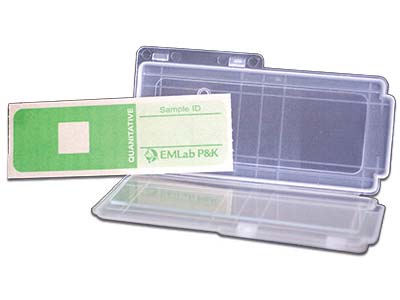
(207) 861-1227
(207) 861-1227